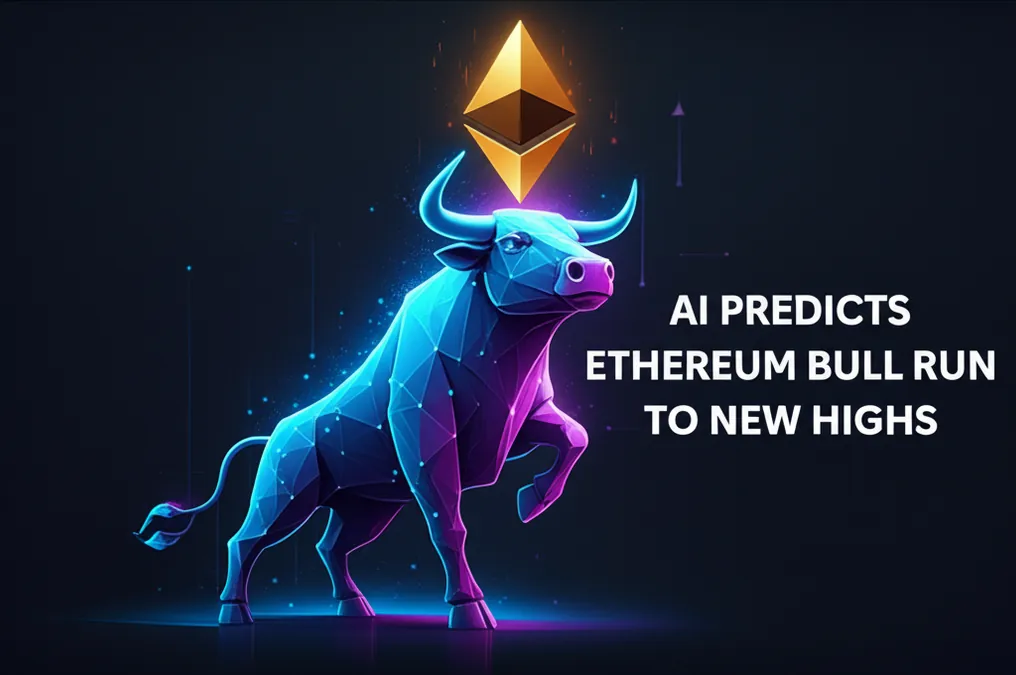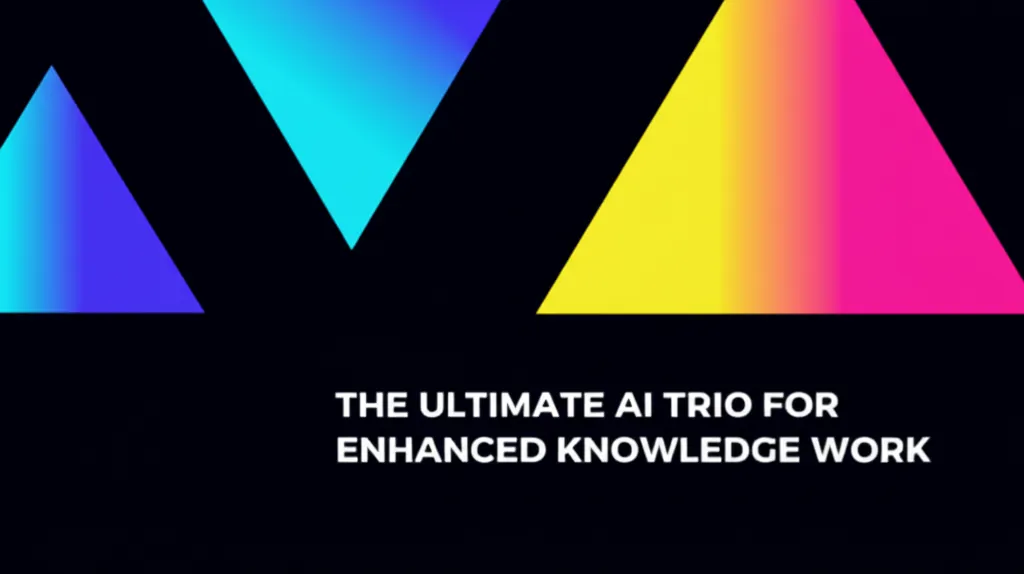OpenAI Reveals The Key Trait For Employee Success
Landing a coveted job at OpenAI is a goal for many in the tech world, often requiring a stellar resume and a deep passion for artificial intelligence. However, once you're in, succeeding at the company behind ChatGPT demands a very specific and fundamental skill: the ability to build from the ground up.
The 'From Scratch' Mentality
Nick Turley, the head of ChatGPT, recently shared on Lenny Rachitsky's podcast that the most effective employees are those who can operate without a pre-existing playbook. "Approaching each scenario from scratch is so important in this space," Turley explained. "There is no analogy for what we're building. You can't copy an existing thing."
He emphasized that unlike other tech giants that can iterate on established products, OpenAI is charting new territory. This makes the ability to conceptualize and execute projects from square one a non-negotiable trait. "You can learn from everywhere, but you have to do it from scratch," he stated. "That's why that trait tends to make someone effective at OpenAI, and it's something we test for."
A Philosophy of Rapid Iteration
This core hiring trait directly influences OpenAI's product development strategy. Turley revealed that the company intentionally releases features before they are perfectly polished. This 'ship early, learn fast' approach is critical in a field where product properties are often emergent and unpredictable.
"We get a lot of crap for the model chooser," Turley admitted, referencing the old dropdown menu in ChatGPT that many users found clunky. However, he argues that it is better to "ship out something raw even if it makes less sense" to begin gathering crucial feedback from real-world users. Waiting for a feature to meet an arbitrary "quality bar" can be a mistake. "You're gonna be polishing the wrong things in this space," he said. "You won't know what to polish until after you ship."
Learning from User Feedback The GPT 5 Case
The recent launch of GPT-5 serves as a prime example of this philosophy in action. Following user feedback, the confusing model switcher was replaced with a more intuitive "real-time router." OpenAI COO Brad Lightcap noted that the old system was a "confusing experience for users" and the new router automatically selects the best model for a given task.
Of course, this rapid-feedback loop means being responsive to all user sentiment. When the GPT-5 upgrade prompted complaints from users who missed a fan-favorite older model, CEO Sam Altman quickly announced that the company would bring it back, demonstrating a commitment to building in public and adapting on the fly.


